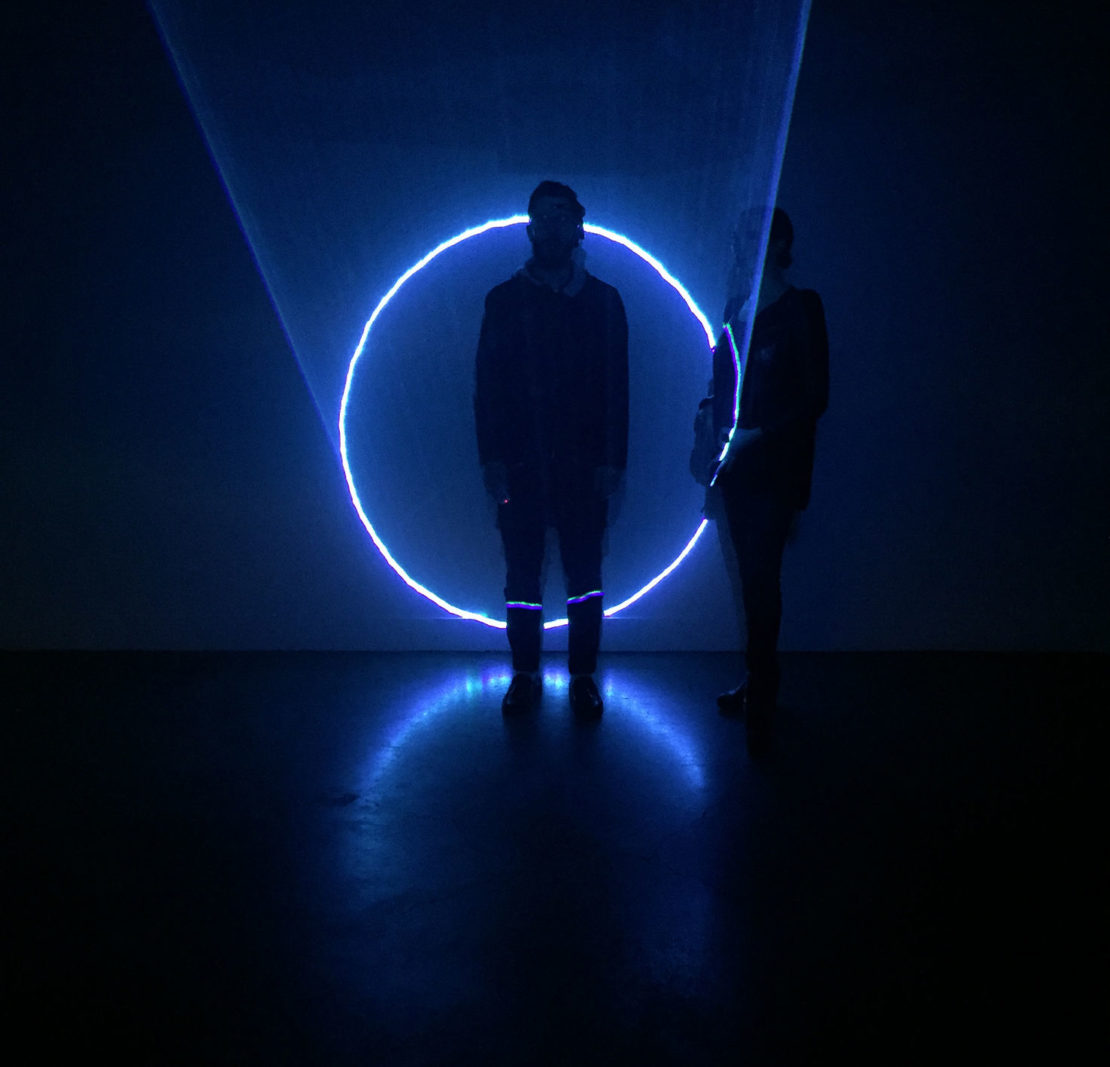Focus on art for the brain
Brain art is having a moment. In exhibition spaces around the world, electroencephalography (EEG) headsets are being wielded by artists hoping to use the latest technology to probe the nature of human consciousness. And whether it's Lisa Park, who uses the brainwave-reading device to manipulate pools of water representing different emotions, or Lia Chavez, who makes her EEG the centre of an audio-visual Meditation Nightclub, the claim is the same: with this device, it is possible to visualise thoughts and emotions.
Like the brain itself, however, brain art is not all that it seems. It tells us less about the brain and more about current trends in the art world and society today.
So, what's it all about?

1. The brain
Brain art usually claims to offer an insight into the ongoing mystery of the brain's operations. Yet, in reality, the outputs of brain art are so simplified that the artworks tell us little more than, "It's in there, doing something". In Chavez's Meditation Nightclub, for example, a participant is led through a meditation, and their resultant brain activity is expressed through fewer than ten colours and sounds. If you're looking to illuminate the brain, brain art is unlikely to help. What it can do is dramatise its mystery.
Explore
Make your own virtual reality baby Short fiction: An Experiment at the Vehicular Manslaughter Clinic2. Technology
Showcasing innovative scanning technology might be seen as brain art's primary appeal. Scanning the brain was certainly innovative in 1965, when composer Alvin Lucier hooked himself up to a headset to attempt to play percussion instruments with his thoughts. Now, EEGs are not so much new as newly available at a reasonable cost, making brain art accessible to a larger pool of artists. In terms of function, though, what they're doing is very similar to Lucier's composition.
3. Art trends
With newly affordable technology, brain artists have tapped into some major art trends. Participatory, multimedia and easy to gamify, brain art hits several desirable buttons. Chavez's nightclub encourages people to dance to music and lights generated by one person's brain, metaphorically creating a club inside their consciousness. Another artwork, Brent Hoff and Alexander Reben's Emotional Arcade, asks EEG-wearing participants to race each other to fill up a balloon with emotions such as rage, bliss and lust. In the 'gallery of attractions' model of curation, brain art is the ideal exhibit.
4. Focus anxiety
But what do the EEGs really measure? The scanners in these experiments don't distinguish emotions or specific thoughts. Rather, they track one variable: focus.
In this sense, brain artworks tap into a major contemporary phenomenon: distraction anxiety. It neatly chimes with the commercialisation of mindfulness, exemplified by apps like Headspace. Chavez and her Meditation Nightclub pose a challenge: can you focus on demand, under observation, while others attempt to dance to your thoughts? At a time when distraction is increasingly feared and vilified, what does it say about you if you can't?
This blend of brain performance anxiety and technological confusion is the chief interest of brain art. It shines a light on the cultural construction of brains and our insistent desire to make sense of them.